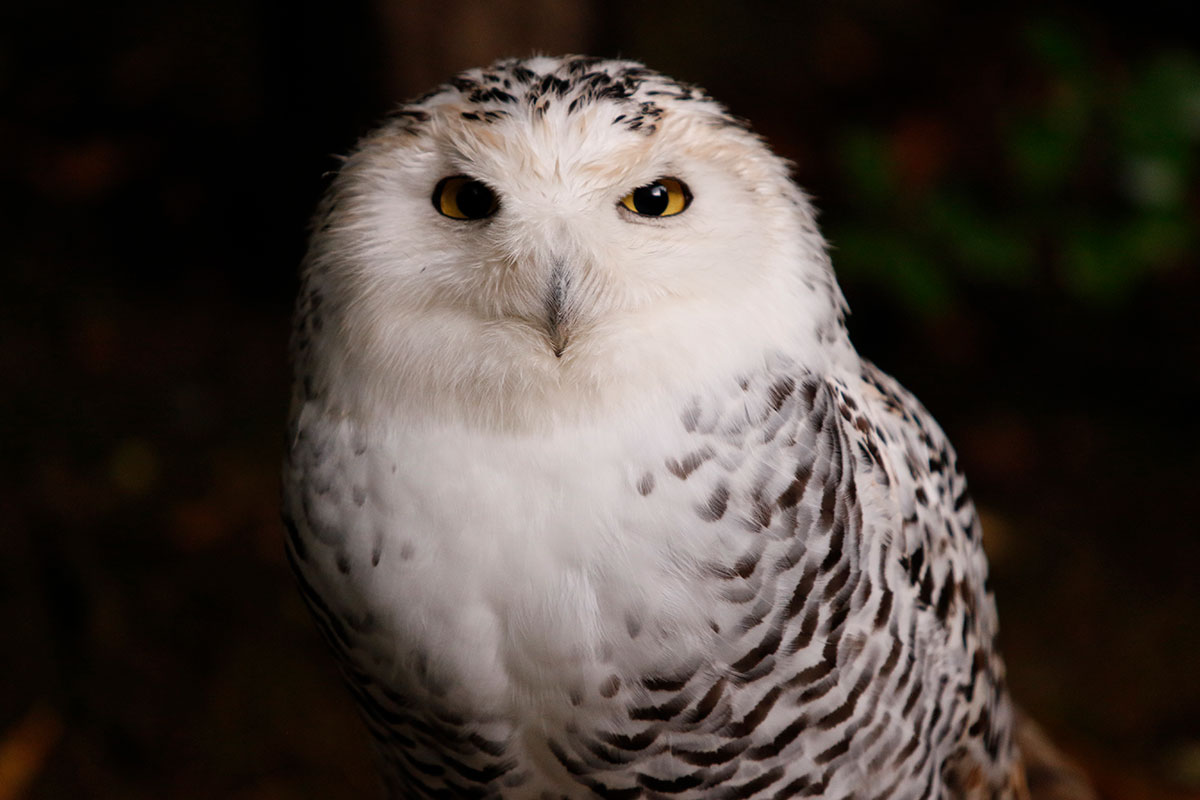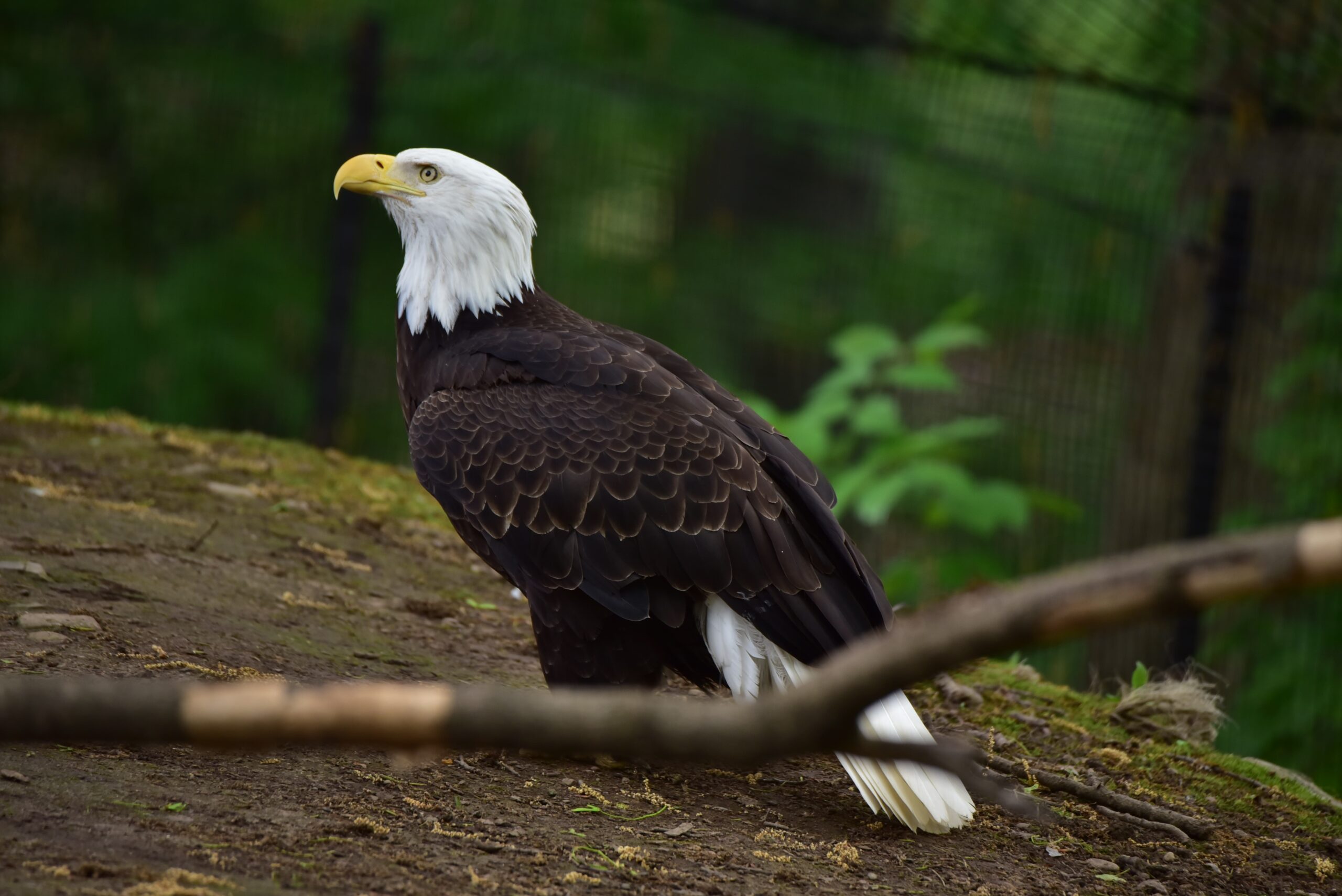North American River Otter
(Lontra canadensis)
There are three river otters at Seneca Park Zoo, one female and two male. Female Ashkii was born in 2016 and joined us from the National Zoo in March 2020. One male, Sailor, was born in 2007 and came to the Zoo in May 2012 from a private facility in Myrtle Beach, South Carolina. The other male, Gary, was born in February 2022 and came to us in 2023.
Animal Facts
Diet
River otters are carnivorous creatures. They eat fish, crayfish, frogs, salamanders, snakes, clams, snails, turtles, birds, rodents and insects.
Status in The Wild
- Least Concern
International Union for Conservation of Nature (IUCN) Red List status
North American river otters reside throughout the U.S. and Canada along rivers, near streams and lakes bordered by woods with wetlands.
North American river otters have been trapped for their highly-prized furs, resulting in a steep decrease in population since the 1800s. However, the otter is being restored to places where it is regionally threatened, resulting in an otter come back in many places. Seneca Park Zoo is part of an initiative to reintroduce the river otter back to Western New York. Releases have taken place in Honeoye Lake and the Genesee River, among other locations. Laws protecting the otter from over-hunting and habitat destruction have been important U.S. conservation measures.




































